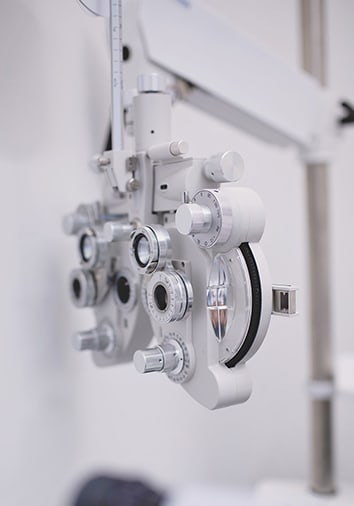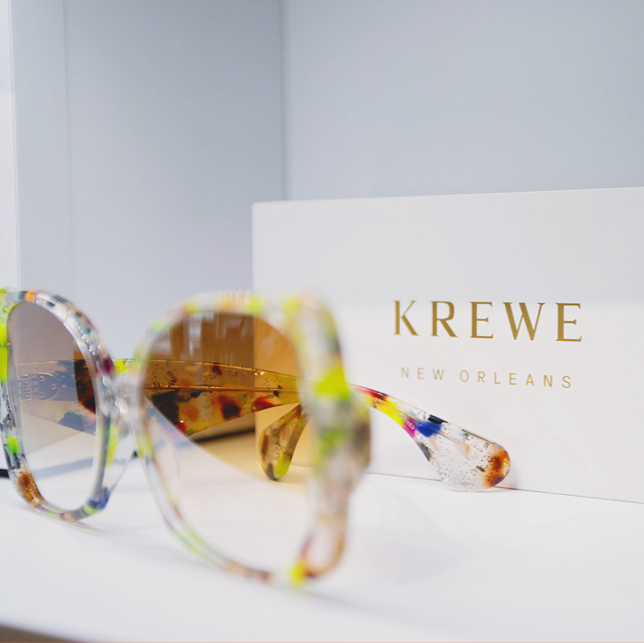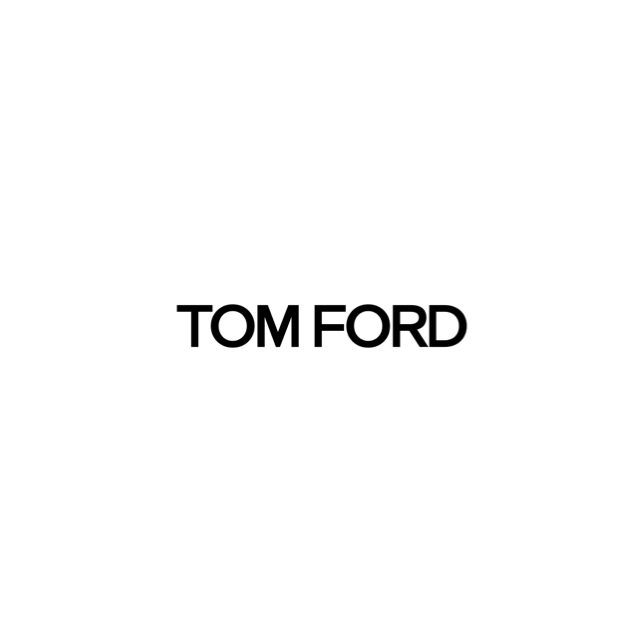We know you’re busy! So when your body isn’t keeping up with you by making sure your eyes are moisturized and happy, dry eye irritation can be frustrating to deal with.
Dry eyes happen when your tears aren’t providing enough lubrication for your eyes. This can be due to a variety of factors such as aging, environmental factors, medication, and hormonal changes. The result is dry, irritated, red, and tired eyes that just don’t jive with your busy schedule.
Thankfully, you have options. Much like you might need a coffee to get going in the morning, your eyes need a little help to stay healthy. There are lots of vitamins and minerals that give your tears that extra boost they need to keep your eyes lubricated throughout the day, including vitamins A, C, & D, vitamin B12, zinc, omega 3 fatty acids, zeaxanthin, and lutein, just to name a few!
Vitamin A
Vitamin A protects the cornea of the eye by acting as a barrier against bacteria. This barrier has the potential to reduce the risk of eye infections. Vitamin A is also important for the production of tears to keep your eyes lubricated.
If you want to take vitamin A supplements, be cautious that too much can cause vitamin A toxicity. Many people get enough vitamin A from a varied and balanced diet, so if you prefer to get nutrients through your meals, consider some of the following foods:
- Tomatoes
- Red peppers
- Cantaloupe
- Mango
- Beef liver
- Fish oils
- Milk
Vitamin C
Vitamin C is an antioxidant that’s also referred to as ascorbic acid. It’s beneficial to the blood vessels in your eyes and is especially helpful for preventing cataracts.
Vitamin C can reduce inflammation, which can help in reducing the development of eye problems. It’s also a building block that aids the body in the production of collagen, a protein that provides structure to the eyes.
Vitamin D
Dry eyes can happen as a result of poor tear quality or tear film dysfunction, both of which are sometimes linked to vitamin D deficiency. Sunlight is the most obvious source of vitamin D, but there are a variety of food options that are also good sources:
- Orange juice fortified with vitamin D
- Dairy and plant milks fortified with vitamin D
- Sardines
- Beef liver
- Egg yolk
- Cod liver oil
- Salmon
- Swordfish
- Tuna fish

Vitamin B12
A combination of oral vitamin B12 supplements and artificial tears improved symptoms of dry eye syndrome in a 2020 study. According to research, vitamin B12 may repair the corneal nerve layer, or the nerves on the eye’s outer surface. This can help to alleviate the burning sensation associated with dry eyes.
Vitamin B12 is naturally present in animal-derived foods such as:
- Shellfish
- Meat
- Poultry
- Eggs
- Dairy products
Furthermore, fortified breakfast cereals and fortified nutritional yeasts are readily available sources of vitamin B12.
Zinc
Zinc is essential for maintaining the health of your eyes. This mineral transports vitamin A from the liver to the retina and produces melanin, a pigment that protects your eyes. You can find zinc in foods like:
- Dairy
- Whole grains
- Nuts
- Sweetcorn
- Peas
- Lentils
- Chickpeas
- Almonds
Omega 3 Fatty Acids
Omega-3 fatty acids are natural fats found in fish, nuts, and seeds. Fish oil is made by extracting two kinds of omega-3 fatty acids from the skin of oily fish like mackerel or salmon. These omega-3 fatty acids are known as:
- Docosahexaenoic acid (DHA)
- Eicosapentaenoic acid (EPA)
Omega 3 reduces the body’s inflammatory response, relieving inflamed and irritated eyelids. This helps the meibomian glands in the eyelids secrete enough oil into the tears to keep them from evaporating too quickly and causing dry eyes.
Omega-3 fatty acids are available in capsule form, but they can also be ingested naturally by eating salmon, sardines, herring, tuna, menhaden, or cod liver.
Zeaxanthin & Lutein
Lutein and zeaxanthin are antioxidants that aid in cell function. They help prevent many chronic eye diseases, including dry eye syndrome. You can consume them as a supplement but they are also found in foods like:
- Broccoli
- Egg yolk
- Kale
- Kiwi
- Parsley
- Red peppers
Take Care of Your Eyes
Consult your doctor before taking any supplements or vitamins for dry eyes. In high doses, some of these supplements can be dangerous—your doctor can advise you on the best vitamin to take and how much to take for your specific symptoms.
If you’re experiencing symptoms of dry eye disease and are wondering what options you have for dry eye management, book an appointment with the team at Daniel Island Eye Care. We’re committed to using advanced dry eye technology to alleviate your irritated eyes.
























